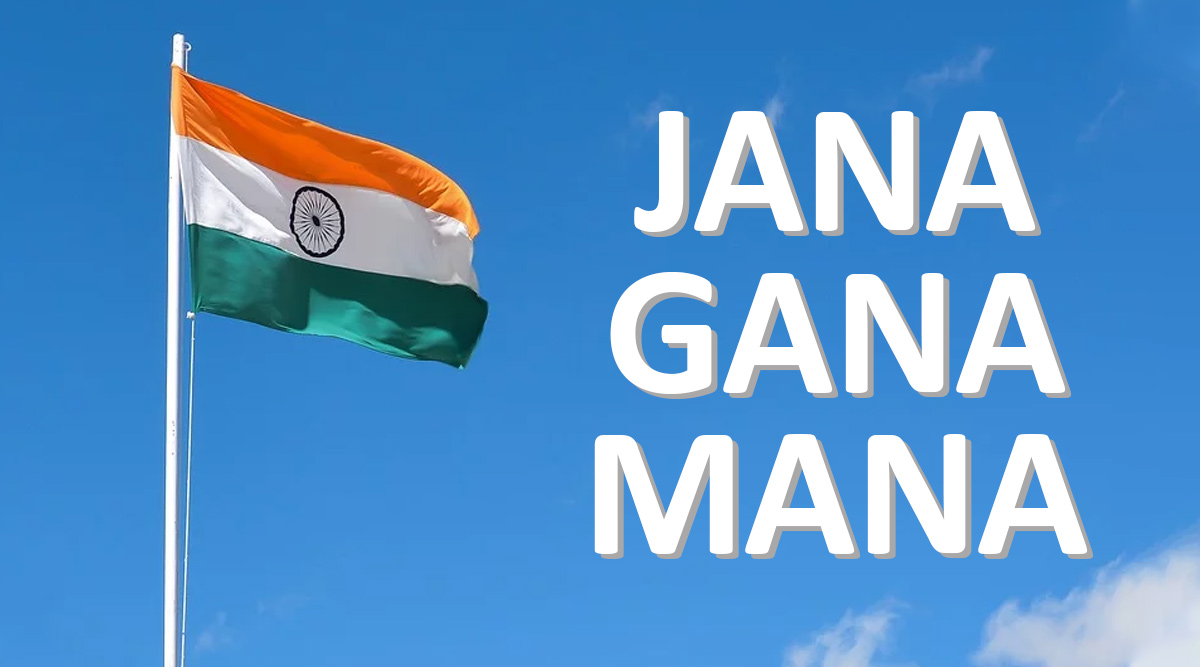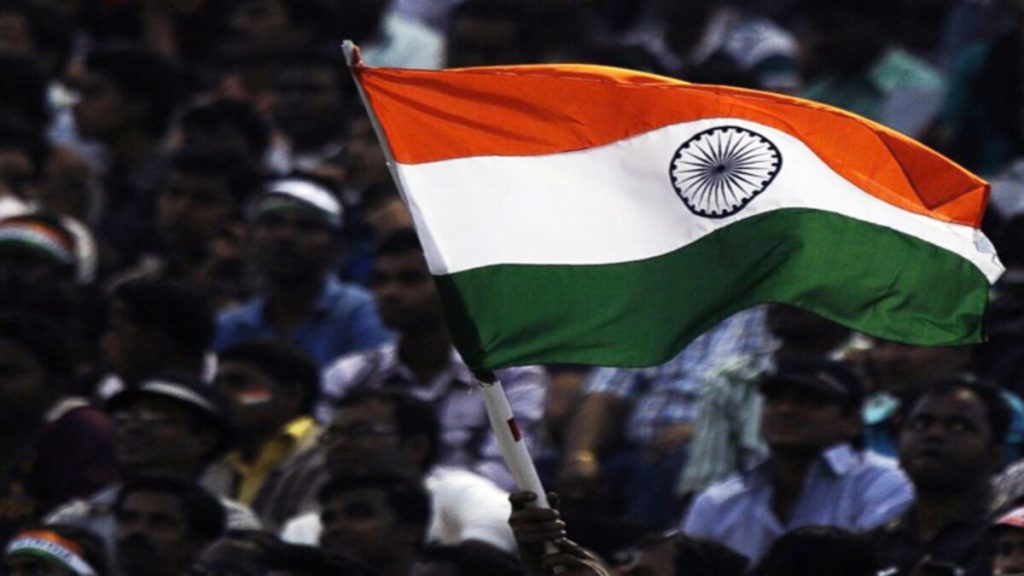The recent press conference of the Supreme Court’s four senior justices disclosed previously unseen perspectives. The bench of justice Dipak Misra ordered “all cinema theatres in India to play the national anthem before the feature film” on November 30, 2016. Since it was a chance to exhibit “love for the country,” the judge, who is now India’s Chief Justice, directed that “all present must stand for the national anthem.”
Eleven months later, Supreme Court judge D.Y. Chandrachud said it’s not necessary to “wear your patriotism on your sleeve. Next, people shouldn’t wear t-shirts and shorts to movies because it’s disrespectful to the national anthem. where do we stop this moral policing? In November 2016, he shared the bench with Justice Misra, and his categorical decision shows how India’s judicial system and notion of ‘justice’ have transformed since then.

Anti-socials disguised as ultrapatriotic nationalists began beating up anyone they believed wasn’t patriotic enough. A computerised representation of a flying synthetic flag didn’t help. When the national anthem was first pushed to be played in theatres in 1963, the government was more sensitive than now. After China’s shocking attack, India’s national passion soared without patriotic infusions.
The National Defense Council’s Public Relations Committee advocated playing a standard recorded version of the national hymn in movie theatres, along with the flag if possible, to boost the morale of a demoralised people. The Home Ministry’s June 29 decision was a proposal, not a demand. State governments are tasked for persuading cinema theatres. Because the song was only to be played after two shows, matinee and evening, there was no force or vigilantism in its use: the crowd was already leaving.
For “big halls in large cities,” the films division was asked to shoot a colour short film of the moving national flag. In cinemas in India, only authorised phonograph records may be played. Extensive notes and correspondence between the Home Ministry, Information & Broadcasting Ministry, All India Radio (AIR), and Gramophone Company of Kolkata in 1963 reveal bureaucratic fixation with precision, detail, and avoiding controversy.
The papers also include Kolkata’s 26 “big hall” movie theatres, which Delhi babus knew about. And many others: Metro; Elite; Globe; New Empire; Lighthouse; Minerva; Hind; Priya; Basusree; Bijoli; Indira; Purna; Sri Aleya, Ajanta, Bharati, Chitra, Regent, Prachi, Uttara, Tiger, and other Kolkata halls were named in the second set of 71 ‘other halls,’ but most of the names are recollections, save for Priya. Ujjalar Chanachur and Bijoli Grill’s origins may be lost.
In 1963, the films division swiftly developed the requisite images, which were sold for Rs 50 in colour and Rs 32 in black-and-white. The vinyl record for rural cinemas includes three 52-second choral versions of the national hymn. Administrators feared what would happen if movie theatres played the incorrect side of this CD, which contained the military band’s national anthem.

When national crises are over, patriotism tends to weaken, but individuals don’t lose it. In India, where there have been no hostilities since 1971, the national anthem is no longer performed in theatres. We should analyse our past now that patriotism is akal bodhan. The Rashtriya Swayamsevak Dal (RSS), which gave rise to the Jana Sangh and the BJP, did not participate in India’s independence battles.
We can’t determine if the current national ardour is a gesture of atonement or a retrospective misinterpretation. In August 1947, the RSS’s Organiser said the Indian tricolour “would never be recognised and held by Hindus.” A flag with three colours is dreadful for a nation. The term “three” is bad enough.
Hinduism is based on the post-Vedic trinity of Brahma, Vishnu, and Maheshwar. In prior issues of Organiser, on July 17 and 22, the RSS opposed various national issues. “Our leaders have built a new flag for the nation,” said the second RSS chief, MS Golwalkar. What motivated them? Our nation has a rich past. Where was our flag? What if we had no national symbol? Sure. Why do we feel so deprived?
Golwalkar didn’t say what flag or emblem we lost. The RSS has long chosen the saffron “split flag” above the national tricolour since it symbolises only Hinduism. When and why did the RSS cease opposing the flag? As soon as Mahatma Gandhi was slain in 1948, Sardar Patel opposed and outlawed the RSS. Golwakar ignored his pleas for 1.5 years.
On July 11, 1949, after the RSS promised to be open and nonviolent, he lifted the ban. It also had to promise “loyalty to the Indian constitution and flag.” It’s ironic that 70 years later, the RSS and the BJP are advising Indians how to express patriotism.

